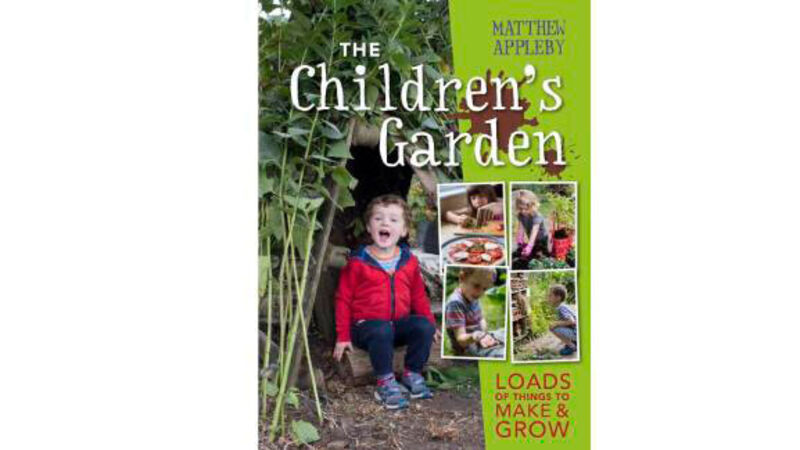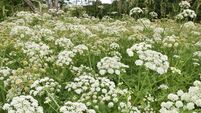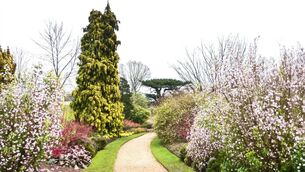Gardening at this time of year really is child’s play

The Easter holidays are upon us and there’s no better time than spring to engage the kids with gardening projects, or take them to outdoor places which will both inspire and delight them.
And you can also sort out simple projects in your own garden, says Matthew Appleby, deputy editor at Horticulture Week, who has a new book out called, The Children’s Garden. The garden blogger and father-of-two is concerned that children are losing touch with nature.
“I see a ‘disconnect’ between children and nature — largely due to the rise of the internet,” he says. “A poll by Persil found that more than half of parents encourage their children to avoid messy activities such as gardening and baking. One in three children say that they did not like getting dirty, their preferred activities being television-watching and playing on video games.”
There are plenty of clever suggestions from Appleby in his latest book to get the kids out into the great outdoors.
The beauty of this idea is you get so many mini-projects in one basket. Fill a lined basket with potting compost, plant a strawberry plant in the centre and add basil and dill plants round the edge. Marigolds provide edible petals and colour. Tumbling tomatoes can cascade down the sides. Hang at children’s eye level so they can feed and water.
Plant up an old handbag or high-heeled shoe or the child’s old wellingtons. Adults need to make a hole in the bottom, add some compost and let the child put in a plant, such as a pelargonium or chilli plant.
Seed bomb some waste ground by mixing seed, compost, and dry clay powder to stick your bomb together. Add wild flower or annual seeds and go for a walk with the seed bombs. It’s a great excuse to revisit your ‘bombed’ area regularly and creates a focal point to that weekly walk.
These projects take gardening down to children’s eye level and make plants seem less intimidating. Use an old washing-up bowl or clean litter tray with some drainage holes in the base. Including children’s own toys— dolls, dinosaurs or fairies — gives them a sense of ownership.
For a dinosaur garden, use prehistoric-looking plants such as small ferns and moss, plus creeping mint and thyme for the dinosaur models to creep along. An indoor mini garden follows the same principle. Use cacti and pebbles to create a desert cowboy scene.
If it rains, take growing inside. The old favourite of a cress head grown in an old pair of tights is great, but update it by using popcorn seeds — children prefer popcorn to cress. Use seeds sown on cotton wool stuffed in a pair of old tights and tied at the top. Place on a pot and water for a quick introduction to the magic of growing your own. Or fill empty egg shels with compost and set with cress or chive seeds. Water and watch them grow — because the cress is fast, it gives instant gratification to small children and leads them on to a greater interest in growing.
If you’re on a budget, cut-off tops of carrots, turnips, parsnips, or beetroot and put them in an old cutlery tray filled with compost and topped with some gravel. They will grow again and show children how their food is made. Or try pineapple tops using the same method, or avocado stones, balanced half over a glass of water.
* The Children’s Garden: Loads Of Things to Make & Grow by Matthew Appleby, is published by Frances Lincoln, priced £14.99. Available now
Before you go throwing those dandelions, nettles and ground elder into the compost bin, think again — because weeds can miraculously be turned into gourmet veg. If you boil nettles, their sting instantly disappears and they can be added to soups and quiches.
Cover dandelions with a bucket a couple of weeks before harvesting for mild-tasting pale leaves that are great in salads, or lightly steam some leaves of ground elder — one of the hardest perennial weeds to eradicate— and serve with a knob of butter. Other weeds, like Shepherd’s Purse, which has deliciously spicy leaves similar to those of watercress, and pineapple weed which tastes tropical, can be mixed into yoghurt dips or sprinkled on salads.
You may not have them all in your garden, but it shouldn’t take much foraging to find a few to take to the dinner table.










